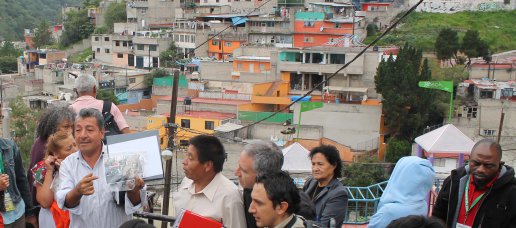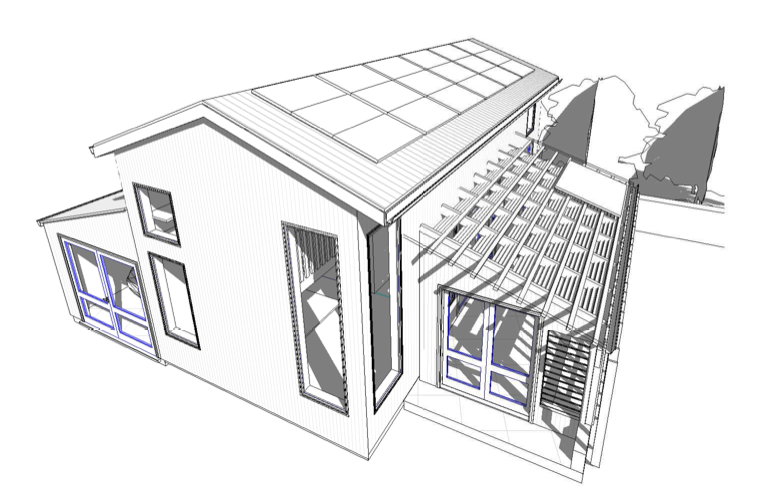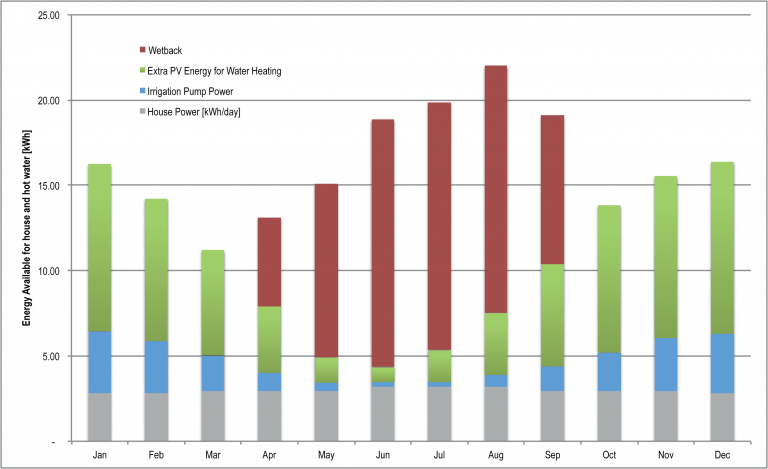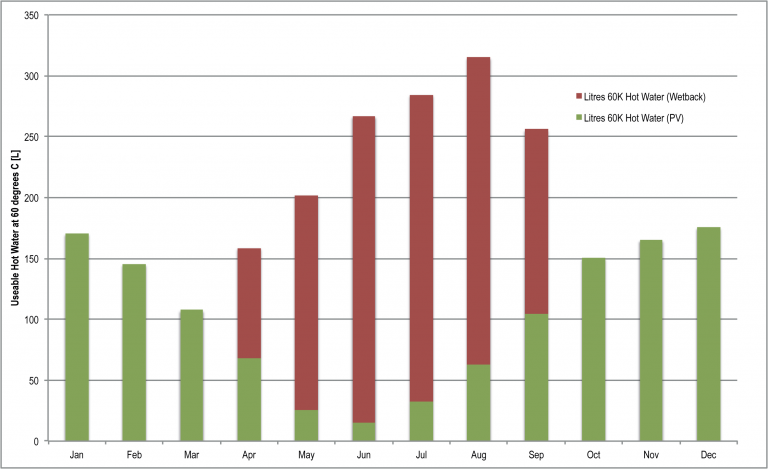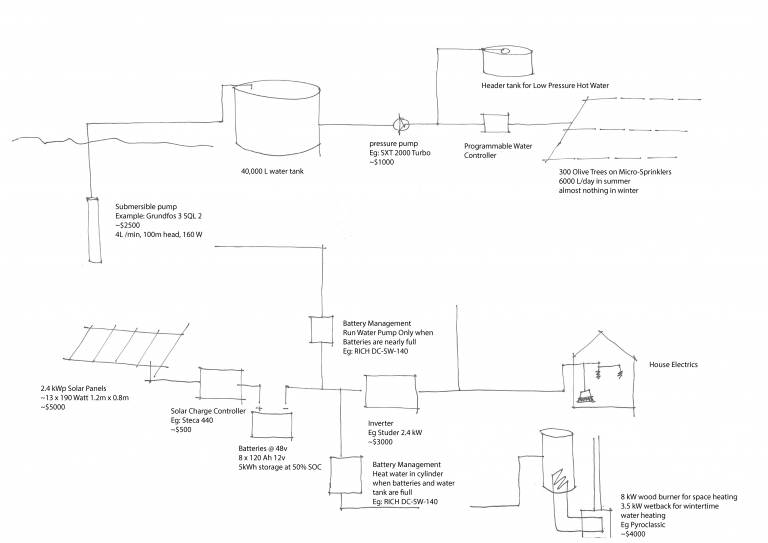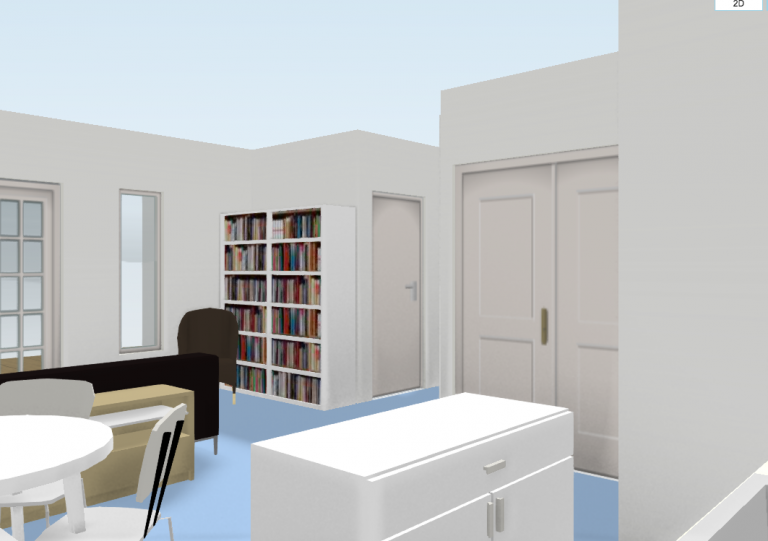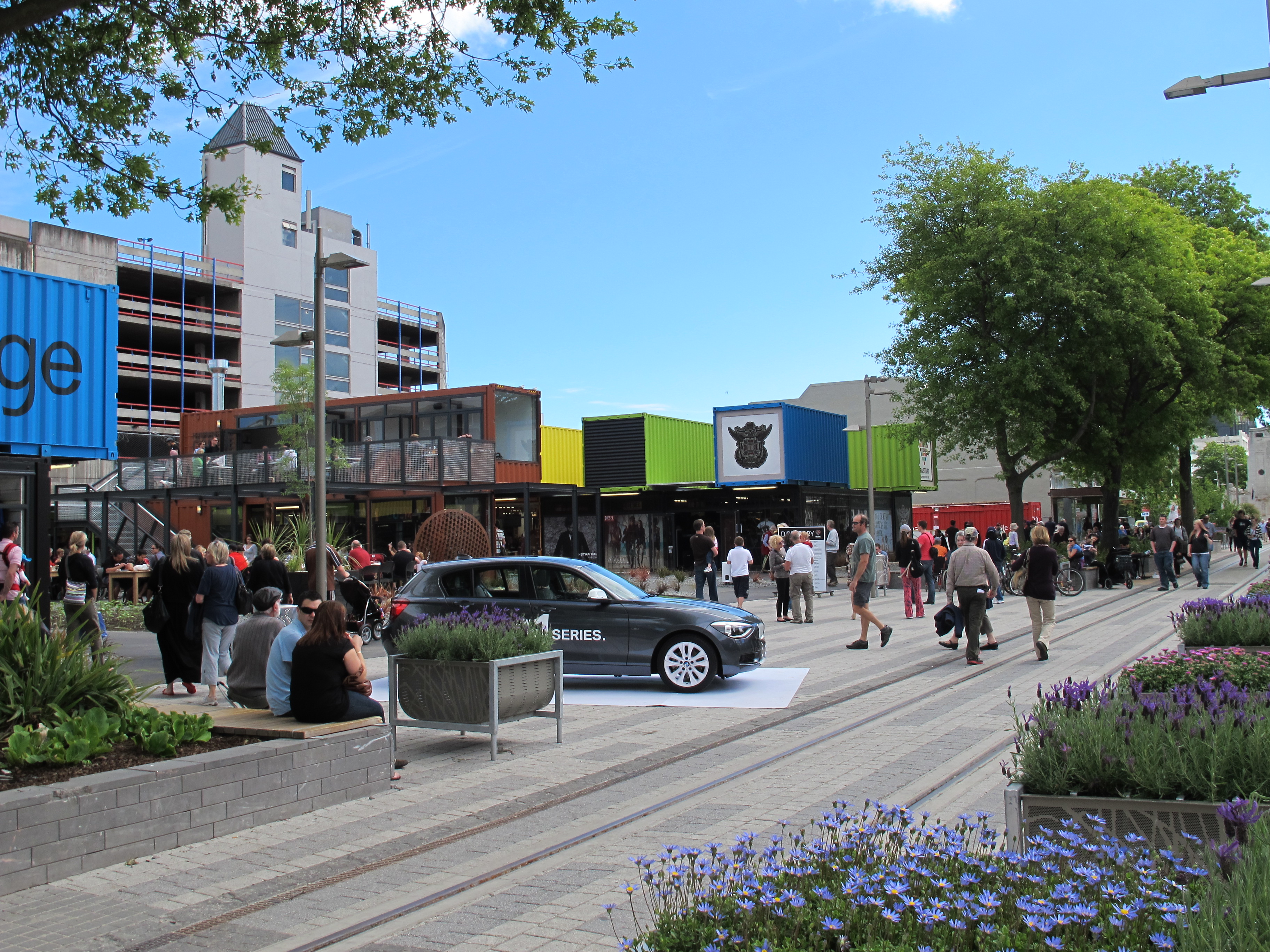“The project was for 9 single person homes on a small plot adjacent to a disused canal in Peckham – to be self built by local young people in housing need. The build was linked to a local training centre where the self builders were trained up to NVQ level 2 Carpentry and Joinery.
Consortium, a local umbrella group of housing charities, employed a worker to research the project and get it off the ground. This worker stayed on for the build process and acted as a support worker to the self builders. The site was managed by a full time site/project manager who had built on a previous self build scheme and who had youth work experience.
On completion of the scheme the builders became tenants of South London Family Housing Association, who had acted as development agents for the project
A very thorough and honest review report on the project is available from CSBA”
Source: Consortium

